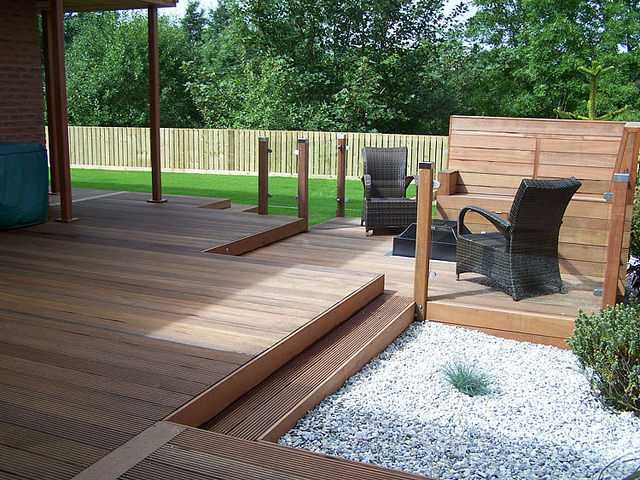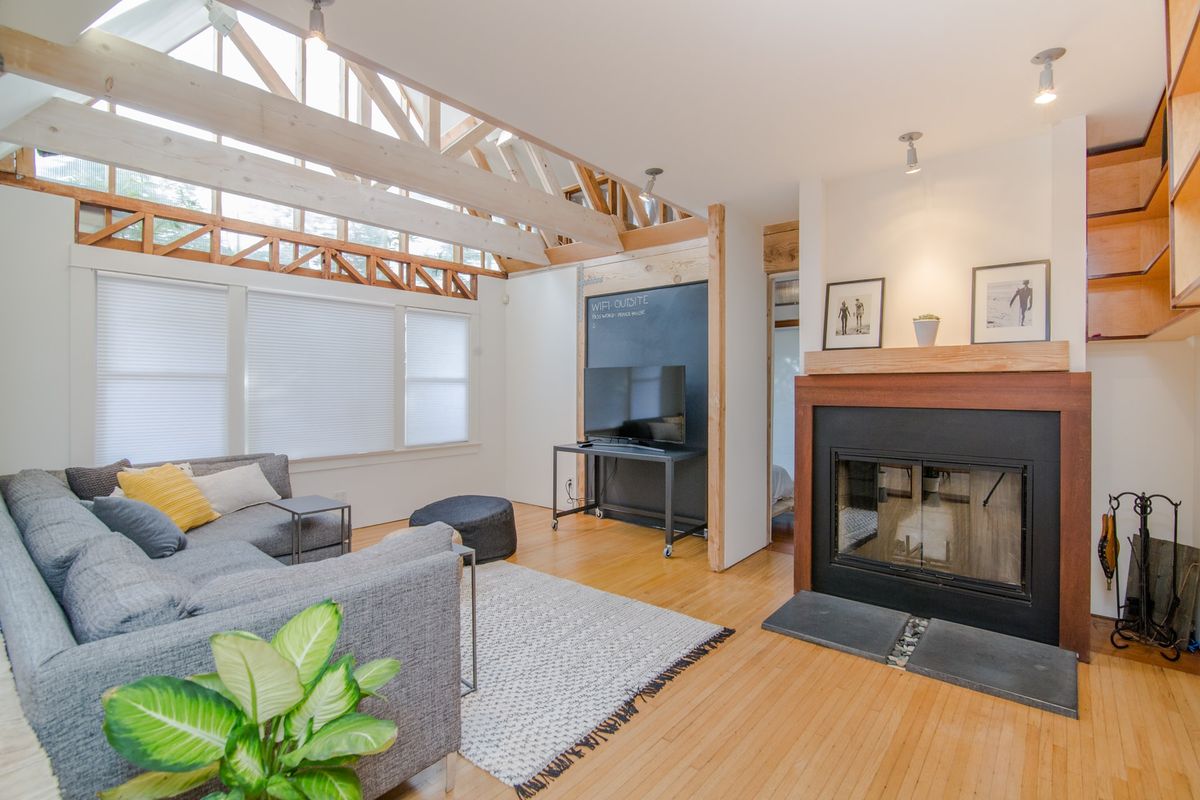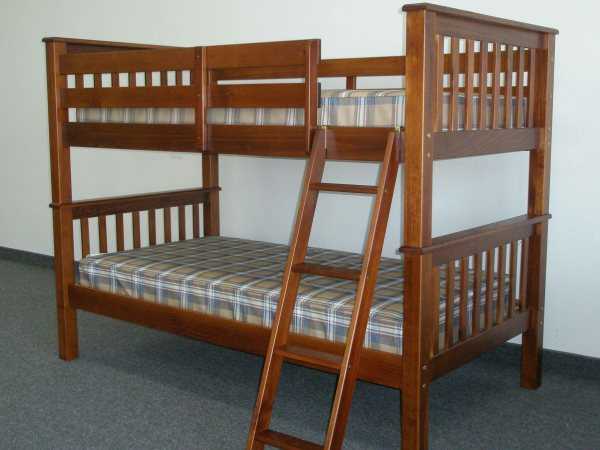
Photo by EliteBalustradeImages
The deck is vintage. Old country houses typically had the decks, often sided with the railings. Many old Blues songs were sung at the comfort of folks strumming their guitar over beer, smoke, and BBQ, on their decks!
Besides, it feels nice and classy when you have to take up a few stairs to the front door. The deck sort of sets the mood for vintage familiarity, and is a nice space for folks to chill.
You can definitely try constructing a deck at your home. Do note that it can be an extensive project. Consider planning its construction over a couple of months at least. Find below a simple overview of the steps to construct a deck.
1. Choosing materials
The aspects of choosing the deck material are highly important. The right material set in place by expert carpentry decides the overall look of the deck. In fact, the spacing of joists, beam thickness and placement are all dependent on the materials you choose. Most carpenters suggest using pressure-treated lumber. However, treated lumber does not sport a particularly attractive look and is also prone to wear and tear over the long term.
Split lumber is risky for the feet! Typically, cedar, pine, cypress, and redwood are used. You can definitely choose non-natural materials such as plastic and composites (plastic/wood). Composites are best because of their natural feel and environment-friendly benefits. Look up your local lumberyard for old discarded beams in good condition that can be recycled.
2. Set up a layout
Start with setting up a plan. You can use your garden hose to lay an outline of the deck at the front yard. The design can be single or double-layered. Draw up the blueprint to scale for an estimate of the lumber requirement. A deck consists of a floor, pillars for propping, stairs, and a railing (optional). Set up a neat plan keeping standard beam dimensions in context. Composite beams would not need any preparations but timber would need work.
You have to make sure it is fully smooth, and without any risky splinters that can cause an injury. You would not need a wide array of instruments, but only a few basic tools and good hardware. A drill, tape measure, circular saw, posthole digger, and a few hammers are sufficient for the men. About the hardware, use galvanized or stainless steel nails. Special hidden fasteners for decking are available. Carpenters using composite boards can use special screws for the purpose.
3. Start your project
The particulars of the project depend on your unique plan. However, keep a few vital things in mind. Decks constructed with deep footing, narrow pillar spacing, and heavy materials obviously last longer than usual. The basic guidelines are simple. You start by placing the pillars. Keep them narrow. Then you set up the ledgers and hoist the joists.
Secure them by the joist hangers. The footings should be made secure with concrete. Make sure the holes for the posts are deeper than the frost line in your area. After setting the joists, place the beams, and secure them with lag screws and cross braces. Finally, construct the railings and stairs as needed.



